Enamel mugs aren’t only reserved for those spontaneous camping trips with your family or friends at our Gondwana Campsites – you can use your enamel mug for tea, coffee, Oros orange-squash, Kool-Aid, suikerwater, soup or even a quick cereal snack. I still remember a time I was only allowed to make use of a pink and green stripy plastic mug – very unglamorous compared to my cousin Elise’s white enamel mug. I was green with envy and could not wait to use an enamel mug myself. – It was one of those ‘when I grow up dreams’ and I got a taste of it a few times when no one was watching!
But then again, there was an unwritten rule amongst my cousins and I: you were only allowed to make use of your own mug. If caught in action with anyone else’s mug, it was safer to pour out your tea immediately or gulp it up quickly. – Or else there could be trouble or unforeseen payback!
Finally, the day came that I could walk into the kitchen and claim that white enamel mug; the pink tulip design in the centre was what I loved most. The mug had already had a few owners as it was covered with indents and black spots after multiple embraces with the floor or wall clonks. – Regardless, there was still something special about it.
I used the mug for Oros orange-squash, Oshikundu or tea. With tea the mug was extra hot when compared to a ceramic one, but with a flat woven winnowing tray or a cardboard box coaster at hand, I could place it down to avoid burns and blisters. And only then I understood why I had not been allowed to use an enamel mug before. – With training from Elise I was able to master the handling of this mug.
In Namibia, enamel mugs are part of our culture across ethnic and social groups. Our neighbours love to sit on their stoep and enjoy their tea on a hot summer’s day as they share stories with one another.
I can barely understand their conversations in Khoekhoegowab, but their laughter always draws me in, and I have jumped over our wall countless times to join them.
Why we can’t get enough of the enamel mug or other enamelware in Namibia:
- It’s light enough to carry along on a long trekking adventure or camping trip.
- It’s durable; it can fall many times and will not break. The black battle marks only give it a vintage look and add to its charm.
- It can be used for various culinary tasks: baking, high-heat stewing and many more. – And it’s thin enough to minimise the cooking time, especially on the days that ‘patience is not a virtue and you’re starving’.
- It saves on kitchen shelf or travel bag space as enamel crockery is easily stackable.
Here are a few shops to stock up on enamelware:
- @home | Call: 061 370 419
- Boardmans | Call: 061 301 304
- Crazy Store | Call: 061 304 360
- CYMOT | Call: 061 295 6000
- Game | Call: 061 247 440
- Metro Hyper | Call: 061 254 141
- Mr Price Home | Call: 061 256 792
Supermarkets, Cuca shops or craft markets also sell enamelware, have a look at those closest to you to make your purchase and maybe have it customised.
So it’s definitely okay if you’re still obsessed with your favourite enamel mugs, plates, bowls or that enamel teapot with the flower bouquet on it. Even If you just display them as vintage aesthetic in your living space. – After all, it’s classically Namibian exquisiteness!
Also, don’t be stunned when you find yourself enjoying your morning coffee in an enamel mug when staying at Kalahari Farmhouse.
When last did you use your enamel mug or other enamelware? What are some of your enamel memories? Let us know by sharing your story in the comment section below.
Author – I’m Nela, from Windhoek Namibia but born in a small village called Omatunda in northern Namibia. I am passionate about writing, research and photography, as it helps me gain knowledge about people and my country.

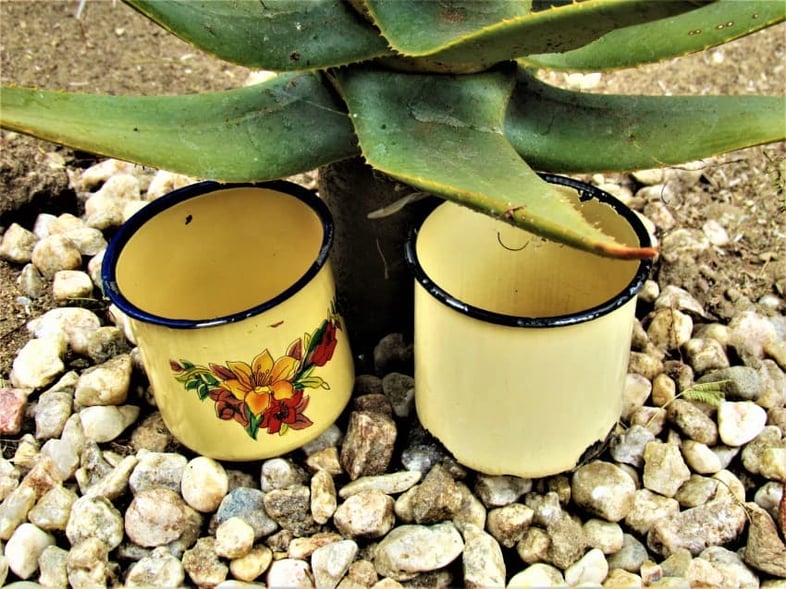
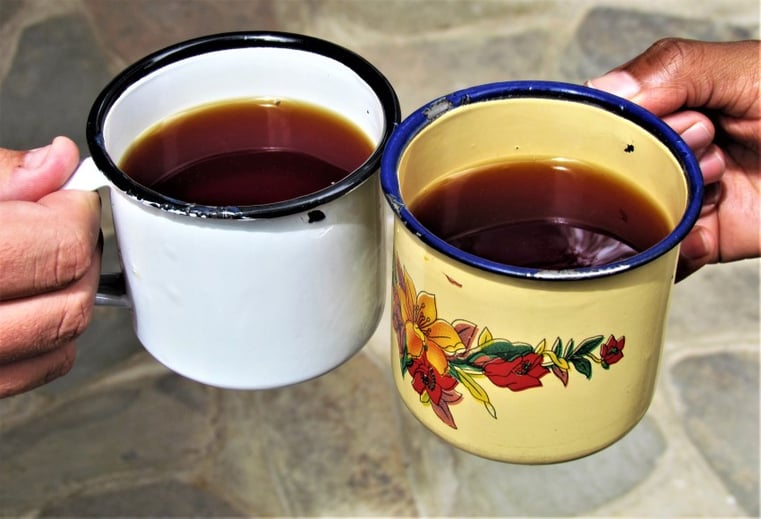
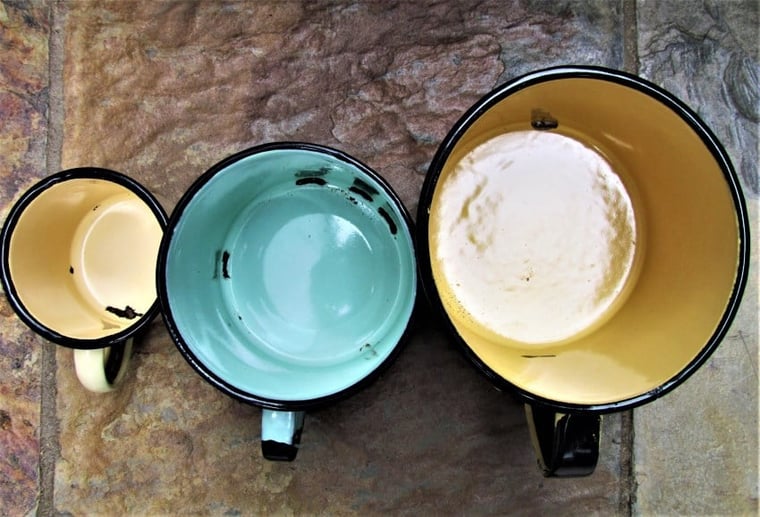
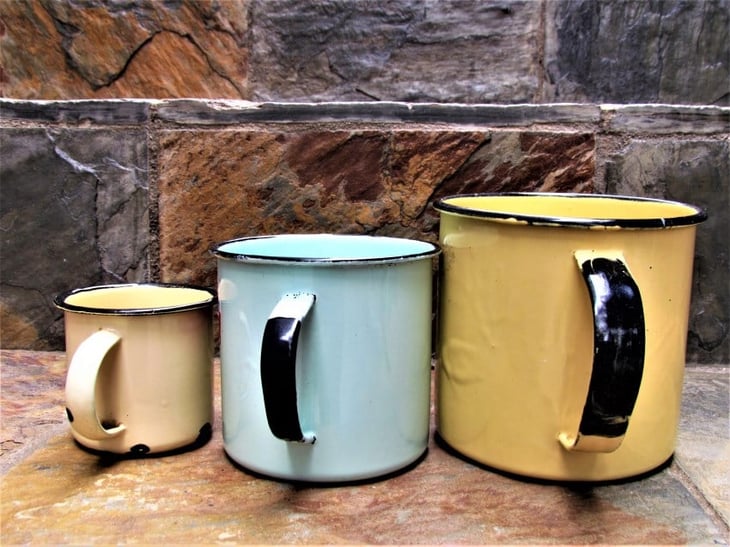

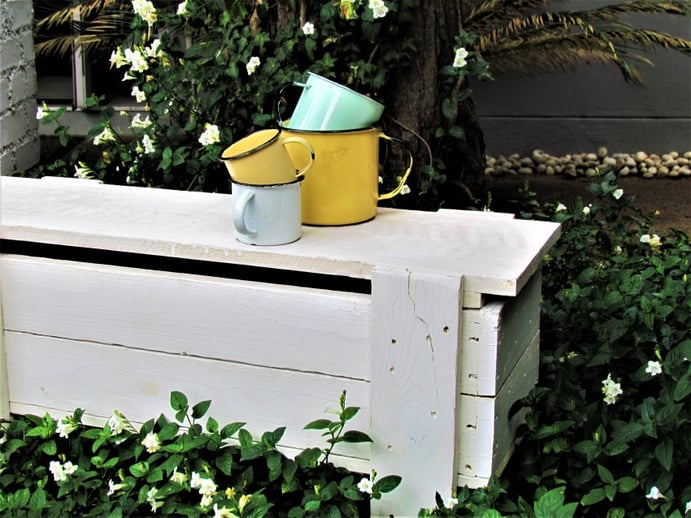
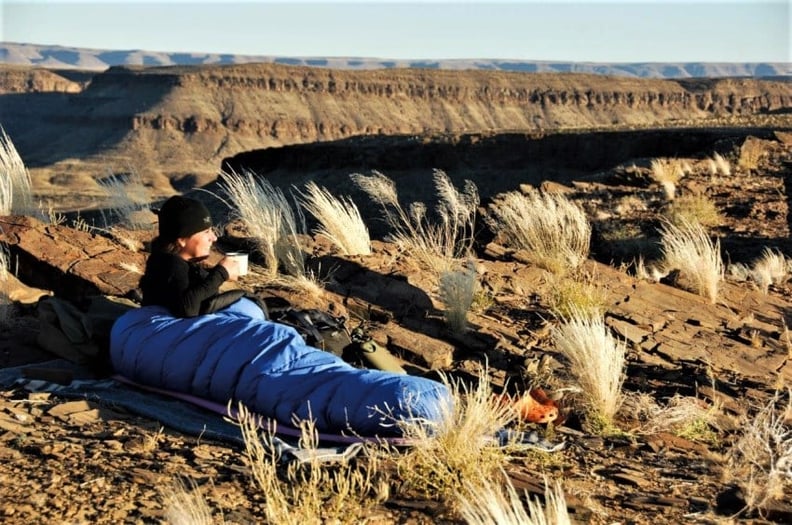
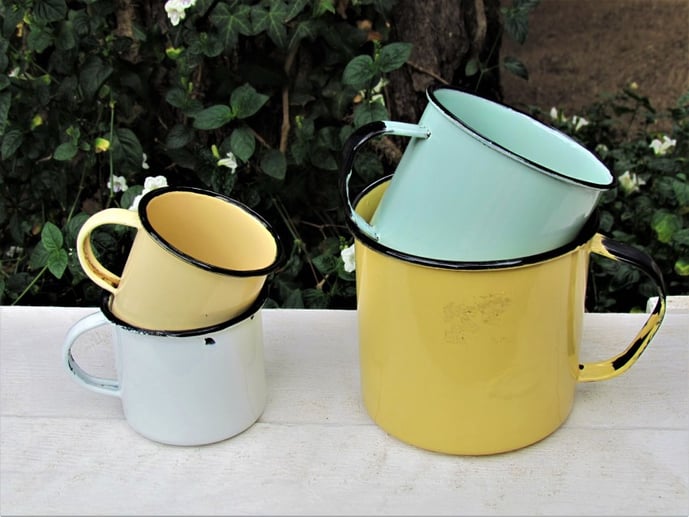

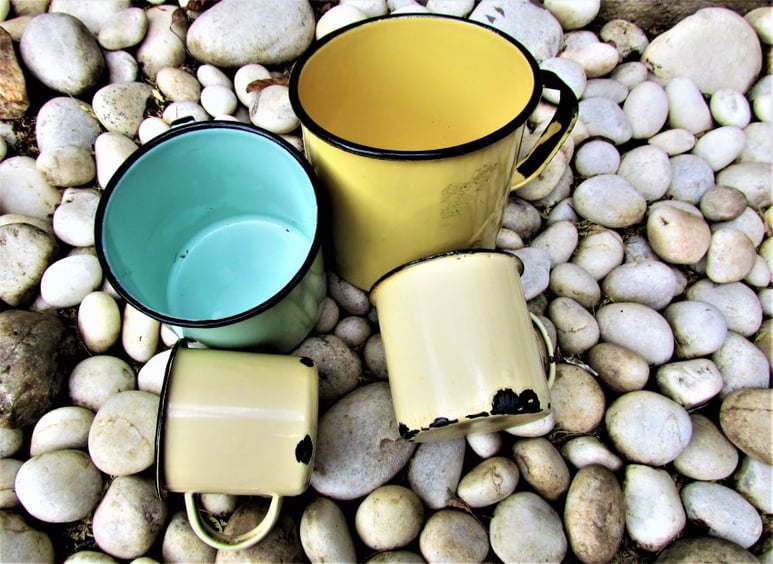
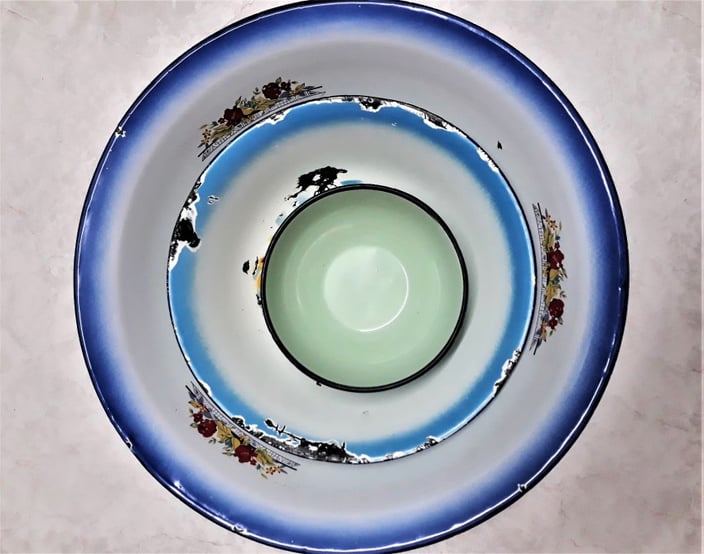

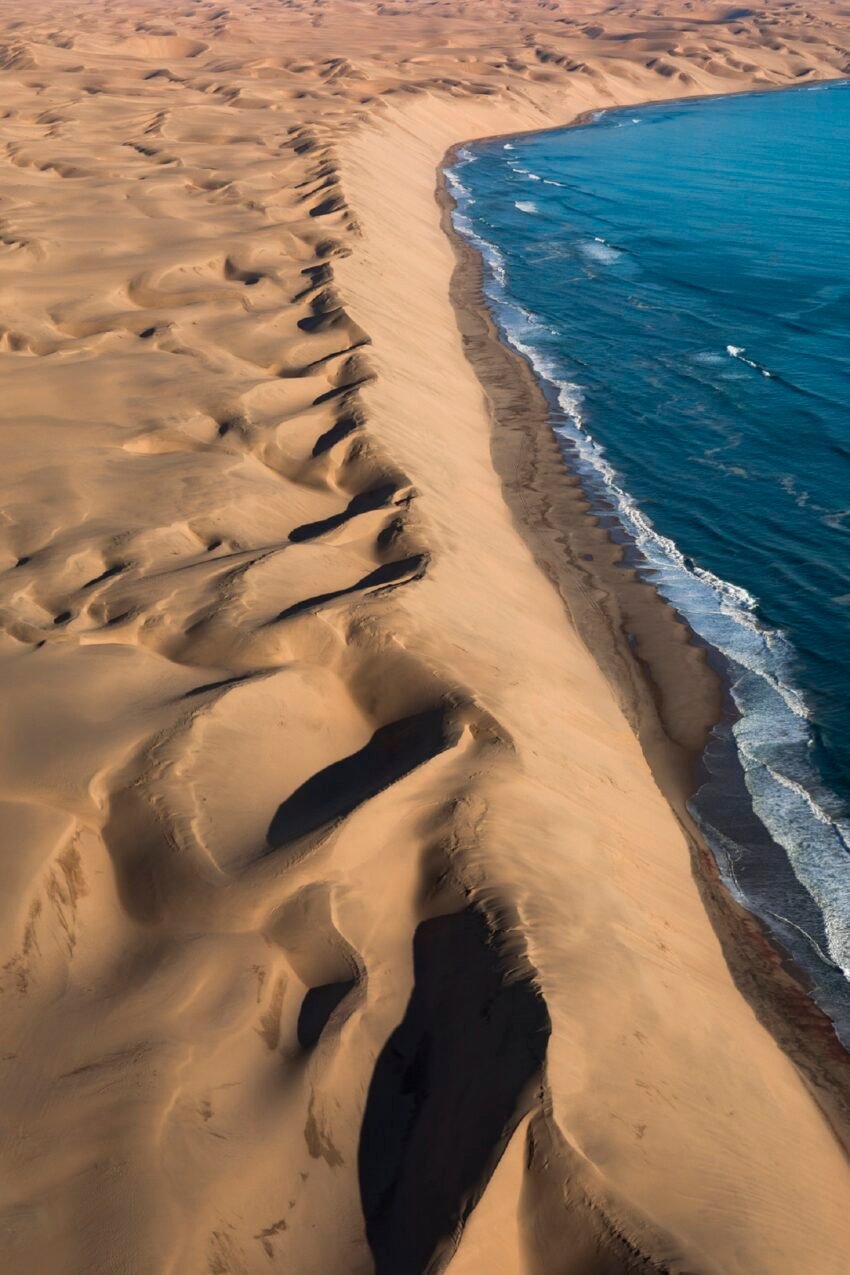
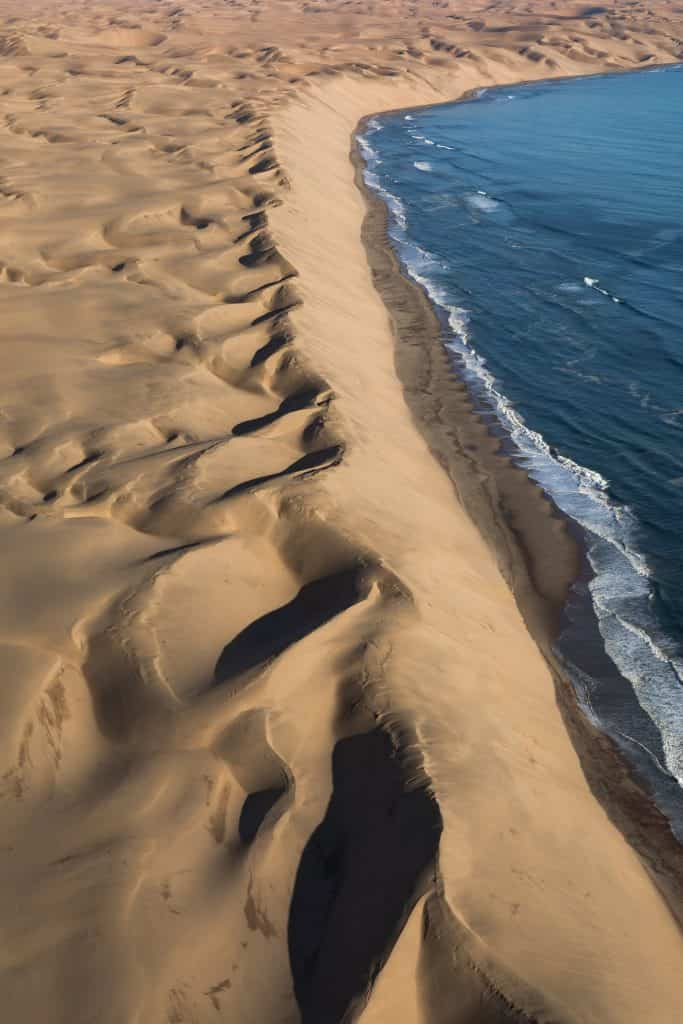
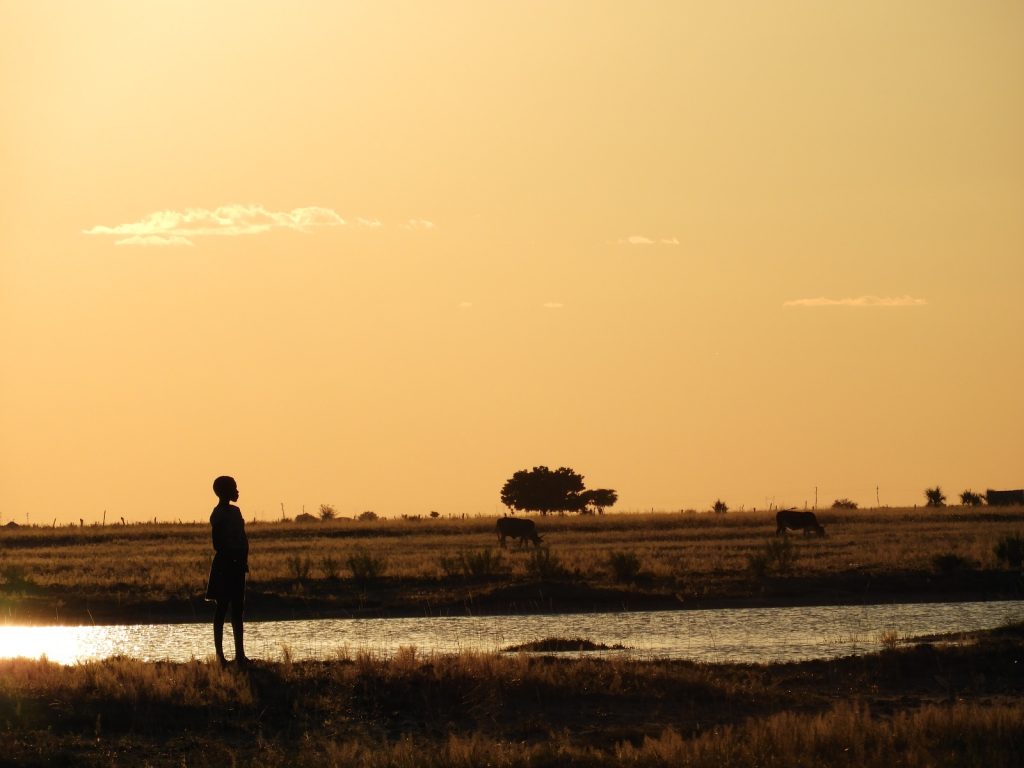

SUBMIT YOUR COMMENT